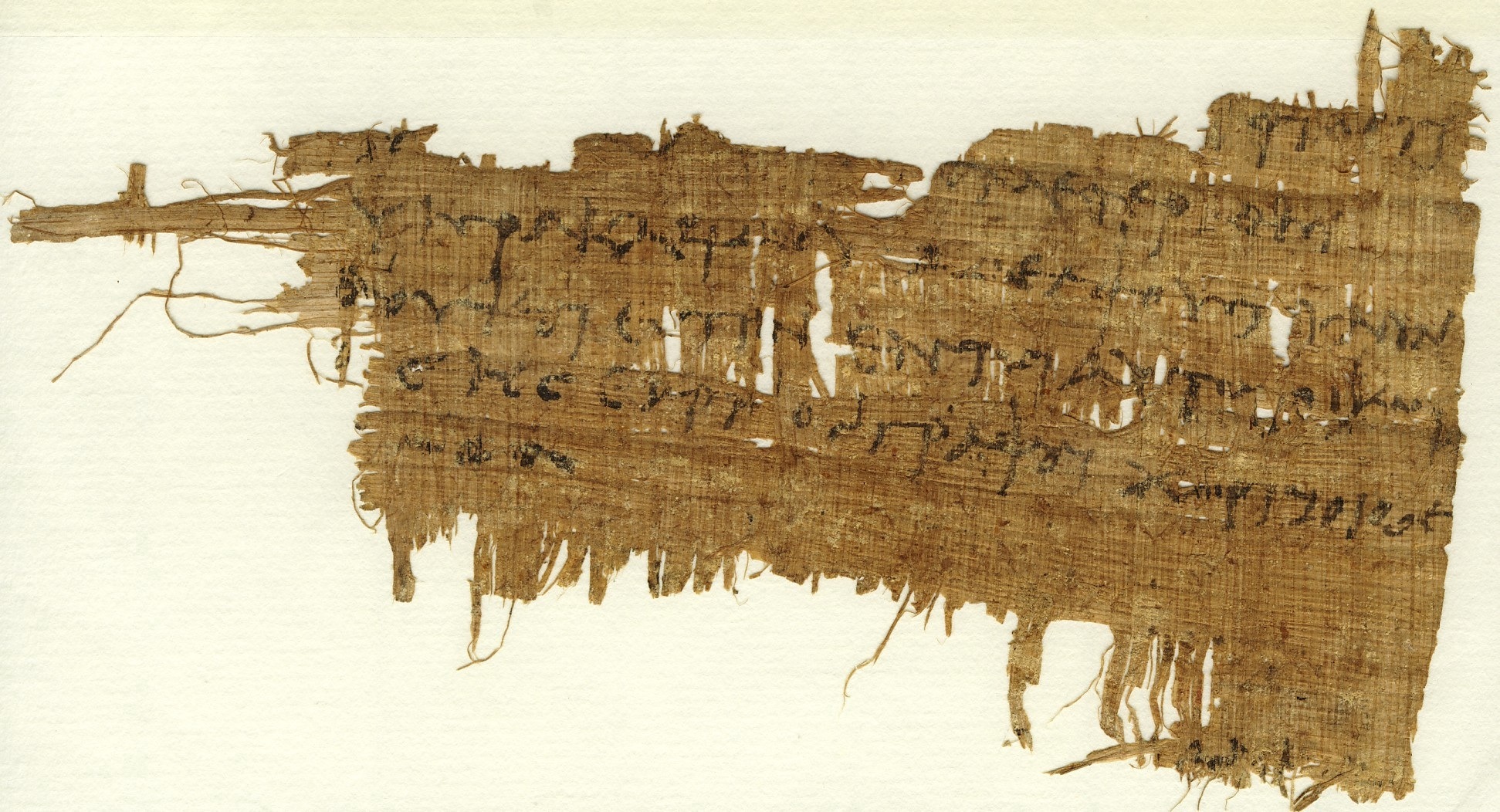G 60363 Recto
G 60363 recto: Dimensions: 9.1 x 16.1 cm. Date: late III – mid-II century BC. Provenance: Arsinoites or Herakleopolites?
This little fragment comes from what appears to have been a private letter. The classification of this text rests primarily on the use in line 6 of the verb form charizoio, which commonly occurs as part of a formulaic polite expression in private letters, letters of recommendation and, more rarely, in business letters in a private context. In addition to the use of this verb form, the words in lines 3-4 also convey some sense of a private, family context. As far as we can tell from the surviving text, the subject of the letter concerned a house and some person who, or, perhaps more likely, some object which, was in this house. The dating of this document rests upon both palaeographical and stylistic considerations. Despite its relatively idiosyncratic general style, the handwriting shares numerous individual features with hands from the second half of the third century and from the first half and the middle of the second century BC. Further, stylistic considerations can also help establish the approximate date of this letter. It has been observed that over time the potential optative was gradually replaced by the future indicative in the papyri. More specifically, the overwhelming majority of the attestations in the papyri of the optative verb form charizoio (together with the forms for the other persons) as part of the formulaic polite expression charizoio (an) + participle appears to come from the middle and the end of the third century BC. This suggests that our text should be dated to the second half of the third or perhaps to the early second century, which confirms the palaeography. As to the provenance of this letter, two considerations suggest a Middle Egyptian origin. First, one of the two possible interpretations of the word Philagr.[ in line 2, is the Arsinoite village name Philagris. This could suggest that the papyrus originates from the Arsinoite or possibly from a neighbouring nome. Secondly, this text was purchased together with document G 60362 and it seems, therefore, reasonable to assume that the two papyri derive from the same mummy cartonnage or at least from the same group of mummies with the same provenance. Since there appears to be a good reason for assuming that G 60362 originates from the Herakleopolite nome, it is tempting to assume that this letter also comes from the same or a neighbouring nome. On the basis of these considerations, either the Arsinoites or the Herakleopolites seems to be a possible provenance for our text. The papyrus was published by C. A. La’da as CPR XXVIII 7.

